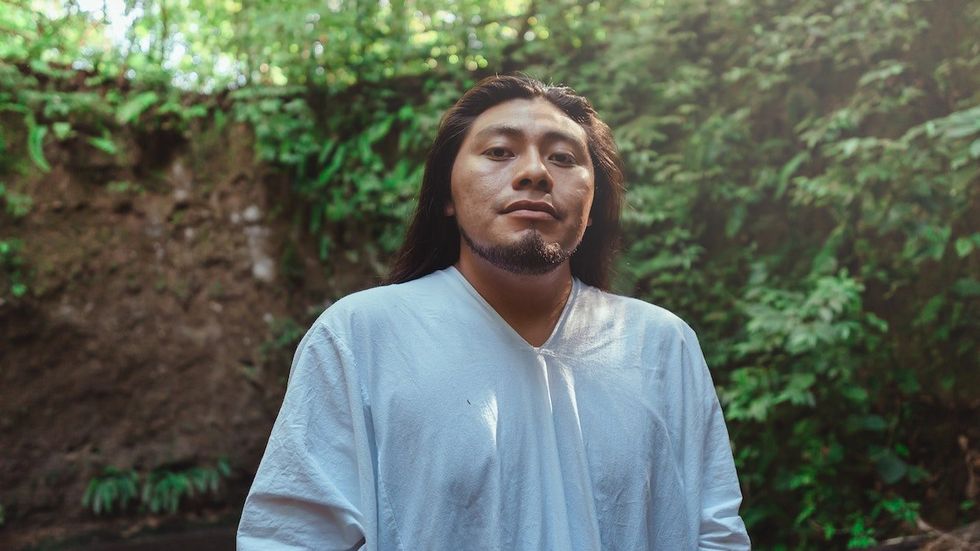National Native HIV/AIDS Awareness Day, held every March 20, aims to shine a light on the often-overlooked Native American population, often categorized as “other.”
Resources go to those in the most need in the hierarchy of oppression, which often leaves the “others” with scraps. Systems in place have communities in need fighting against instead of with each other. It doesn’t help that the communities highly impacted by HIV are weaponized as “others,” either.
This year’s NNHAAD theme was “Weaving our Horizon: Strength, CommUnity, and Equity” in the fight against HIV. First initiated in 2007, the annual awareness day has successfully promoted and educated Native people about HIV and AIDS by encouraging Natives to plan events to promote HIV testing and continued education. The date is in line with the first day of spring to acknowledge that in many Native cultures across the United States, the four seasons represent the cycle of life, and are thus highly respected.
In additional effort to spread awareness, the National Minority AIDS Council (NMAC) is hosting a live Facebook event on Tuesday, March 31 to address some of these issues. The event will be joined by Tlingit elder and long-term survivor William Hall, PrEP Navigator at the Hawai’i Island HIV/AIDS Foundation Kekoa Kealoha, and Andy Roybal.
They are also hosting a Biomedical HIV Prevention Summit in Las Vegas at the Cosmopolitan of Las Vegas on April 11-12, 2023 for those interested, as well.
















































































